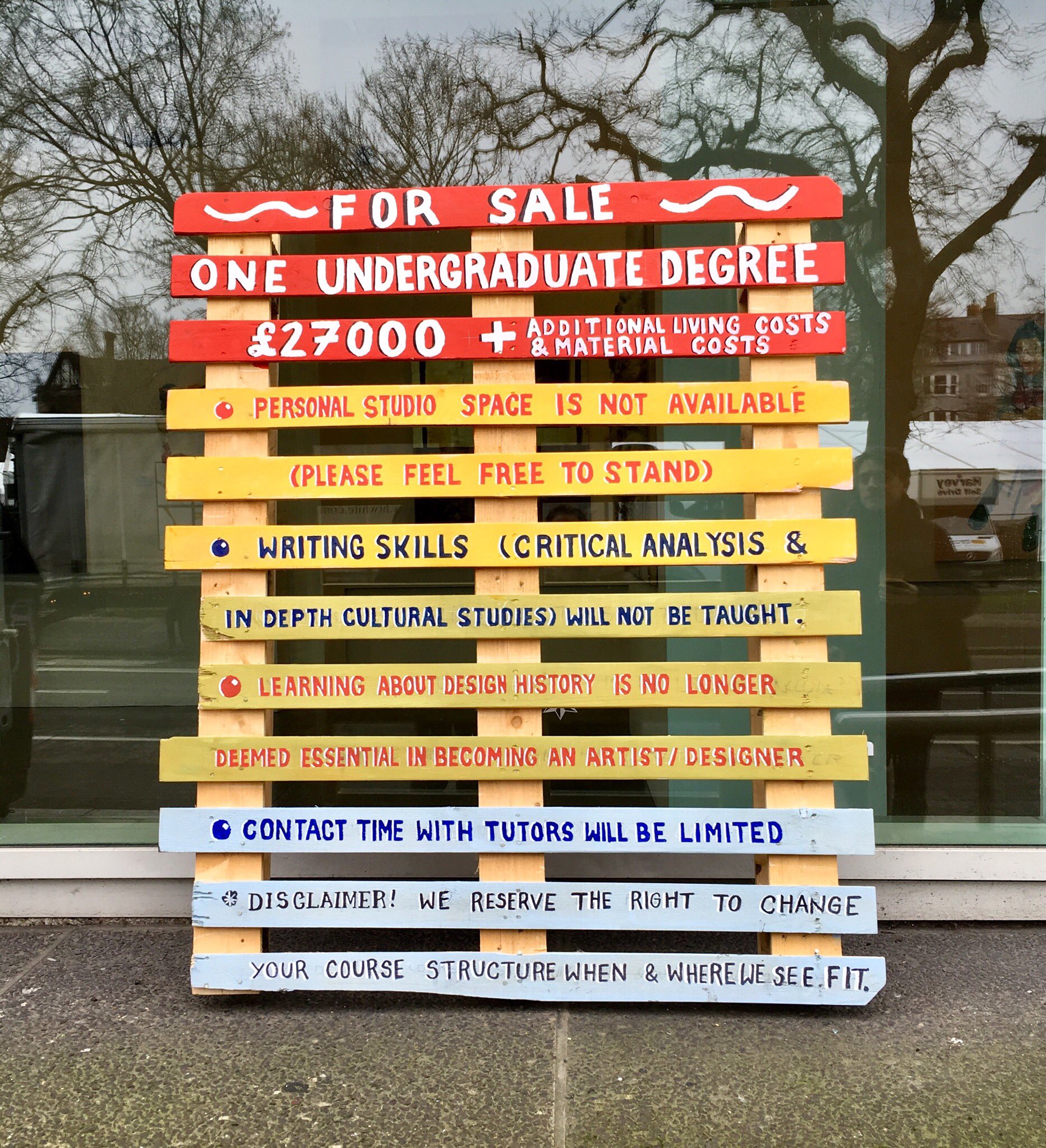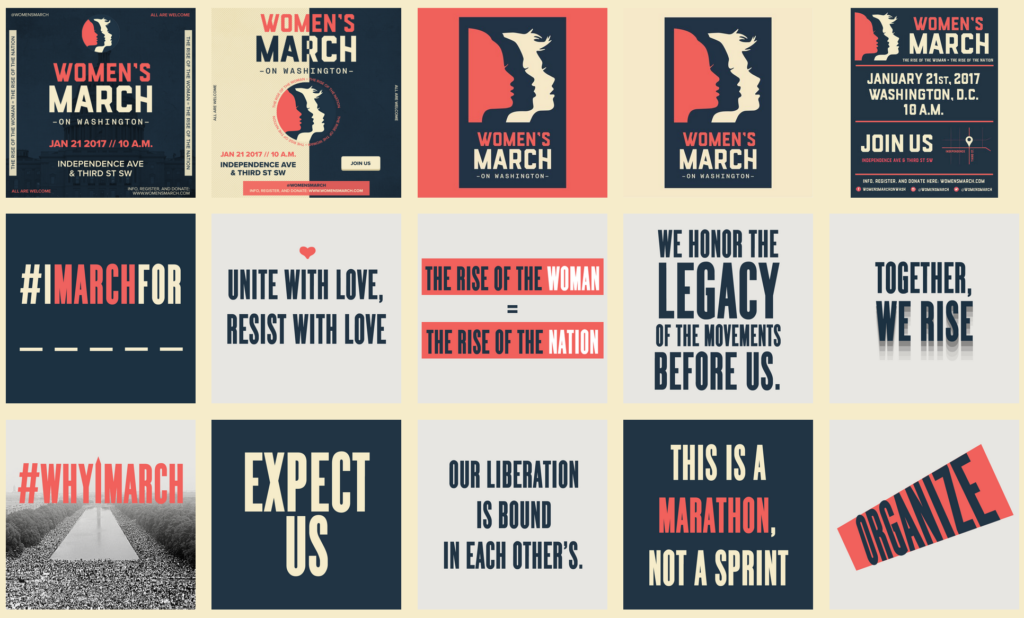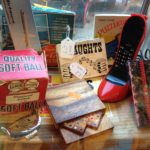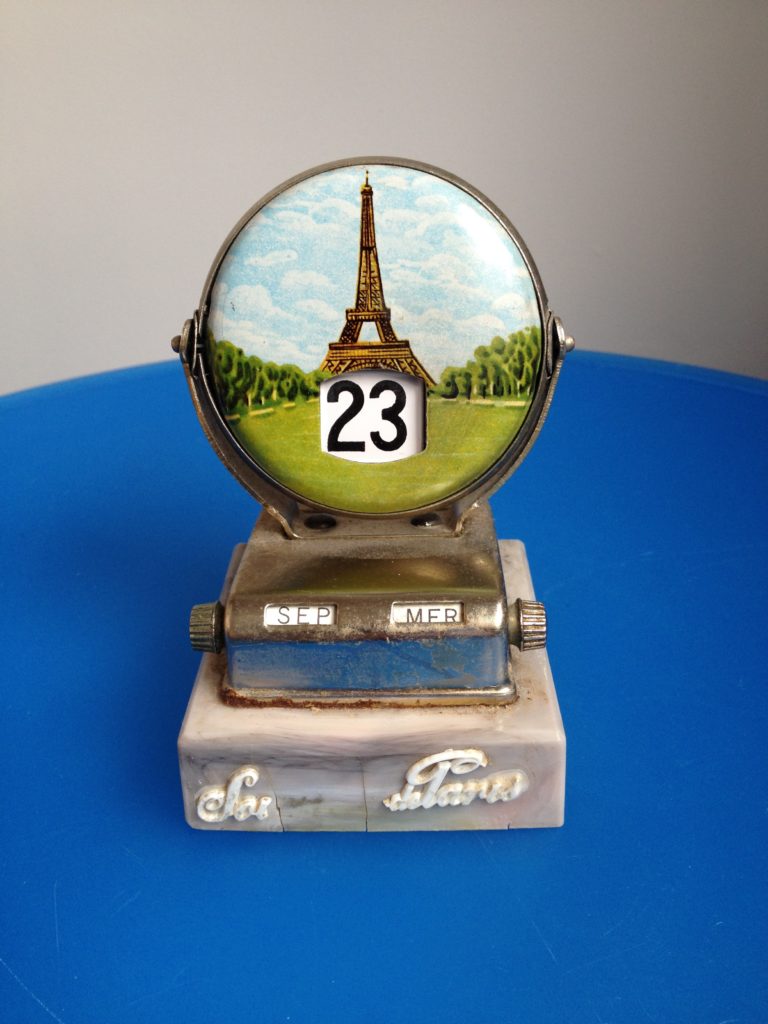
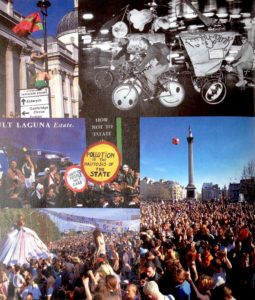
It’s the Summer Solstice and I’m re-posting this article as the Glastonbury Festival kicks off and protesters take to the streets for a Day of Rage. In heatwave temperatures (warmest since 1976), the soixante-huitards’ slogan, ‘les pavés, la plage!’ (translates as, under the paving stones the beach) is ringing in my ears. It’s twenty years since I went to Glastonbury; 1997 was a mud bath, two years before it had been glorious sunshine. Both times friends were made and tested, and despite the odds familiar faces popped out of the crowd. That era was all Parties & Protests and although my plans to visit a Euro Teknival didn’t materialise, later that summer I made it to Burning Man in the Nevada desert and learnt the mantra of hydration from the daily newsletter, Piss Clear!
Much has changed; the underground events mentioned in this article were organised without the aid of social media and minimal Internet coverage, even though I make much of ‘the daily mayhem of mobile phones, faxes and pagers’! One source of information (not mentioned in this article, but I wrote about it another time) was the indomitable SchNEWS, a photocopied newsletter reporting on legal and political campaigns and listing direct actions. It worked like this; you posted them a pile of stamps and they mailed you weekly issues. I met the photographer, Nick Cobbing, through SchNEWS, and by an odd quirk of fate have ended up living next door to their old office!
Now, come the summer there’s a stage in a field catering to every taste and subculture. Festivals are bespoke, niche, glampy affairs, with fancy dress, boutique beers, Insta-Stories and Twitter-Moments. This branch of the music, entertainment and events industries has blossomed, fanned by the British love of a camp-fire sausage and a piss-up in a tent. But I’d suggest that the roots were there back in the 1990s, as innovation and diversity were the order of the day. So I’m not complaining, just suggesting that an updated article would be a whole other story. On a more serious note though, the Millennials have discovered politics, and protest is once again in vogue…plus, we have the weather for it.
Continue reading →

